A Journey into the World of Artificial Intelligence and Machine Learning
Introduction to Artificial Intelligence and Machine Learning
Embarking on a journey into the world of artificial intelligence (AI) and machine learning (ML) can be both exciting and challenging. These two fields are reshaping the way we understand data, technology, and their potential to transform various aspects of our lives. Let’s start by defining these two terms and understanding the nuances between them.
Defining Artificial Intelligence
Artificial Intelligence, often referred to as AI, is a branch of computer science that aims to mimic or simulate human intelligence in machines. The primary goal of AI is to build machines that can perform tasks requiring human intelligence such as learning, reasoning, problem-solving, perception, and language understanding.
AI can be classified into two types: narrow AI, which is designed to perform a specific task, such as voice recognition, and general AI, which can perform any intellectual task that a human being can do. The latter is more complex and is the subject of ongoing research.
For a more comprehensive understanding of AI, you can refer to our article on artificial intelligence definition.
Understanding Machine Learning
Machine learning, a subset of AI, is the concept that allows machines to learn from data without being explicitly programmed. In other words, ML algorithms use computational methods to “learn” information directly from data without relying on a predetermined equation as a model.
Machine learning involves feeding massive amounts of data to a machine, allowing it to adjust its internal parameters, and improving its learning based on the patterns it finds in the data. This process enables the machine to make predictions or decisions without being specifically programmed to perform the task.
There are three main types of machine learning: supervised learning, where the model is trained on labeled data; unsupervised learning, where the model learns from unlabeled data; and reinforcement learning, where an agent learns to behave in an environment by performing certain actions and observing the results.
These definitions offer a basic understanding of artificial intelligence machine learning. As we delve deeper into these topics, we’ll explore how they’ve evolved over the years, their key components, applications, and future prospects. The potential of AI and ML extends to various industries, including business and finance, changing the way we approach problem-solving and decision-making.
History of AI and Machine Learning
The story of how artificial intelligence machine learning has evolved is a fascinating one, filled with determined people and groundbreaking ideas that have changed the way we interact with technology and information.
Early AI and Machine Learning Experiments
The journey of AI and machine learning began in the mid-20th century. British mathematician and logician Alan Turing, often considered the father of modern computing, proposed the concept of a “universal machine” that could compute anything that is computable. This was a major stepping stone towards the development of the first artificial intelligence programs.
In the 1950s and 1960s, early AI researchers started building programs for problems like checkers and symbolic reasoning. This era also saw the development of the first learning algorithms. Despite these initial successes, the AI field faced numerous challenges and setbacks, leading to reduced funding and interest in the 1970s and 1980s.
Major Breakthroughs in AI and Machine Learning
The revival of AI began in the late 1980s and 1990s with the advent of new algorithms and models, such as decision trees, neural networks, and support vector machines. More importantly, this era witnessed the emergence of machine learning as a distinct subfield of AI, focusing on the design of systems that could learn from and make decisions based on data.
One of the key turning points in the history of AI and machine learning came in the 1990s, when IBM’s Deep Blue chess computer defeated the world chess champion, Garry Kasparov. This event marked the first time an AI system had outperformed a human in a complex cognitive task, sparking renewed interest and investment in AI and machine learning research.
In the 21st century, technologies like deep learning and reinforcement learning have driven significant advancements in AI, leading to breakthroughs in fields ranging from image recognition to natural language processing. Today, AI and machine learning are integral parts of many industries, with applications in sectors such as healthcare, finance, and social media. For more examples of how AI is being used today, check out our article on artificial intelligence examples.
| Milestone | Year | Description |
|---|---|---|
| Turing’s “universal machine” | 1936 | The conceptual foundation for modern computing |
| First AI programs | 1950s-1960s | Early programs for games and symbolic reasoning |
| Development of learning algorithms | 1950s-1960s | First algorithms that could learn from data |
| Revival of AI and emergence of machine learning | 1980s-1990s | New algorithms, models, and a focus on data-driven decision making |
| Deep Blue defeats Garry Kasparov | 1997 | A major turning point showing the potential of AI |
| Advancements in deep learning and reinforcement learning | 21st century | Significant progress in AI capabilities |
As we move forward, it’s clear that AI and machine learning will continue to shape our world in ways we can’t even imagine yet. Whether you’re a business leader, a tech enthusiast, or simply someone who’s curious about the future, it’s a journey worth following. For a glimpse into where we might be heading, check out our post on the future prospects of AI and machine learning.
Key Components of AI and Machine Learning
When we dive into the world of artificial intelligence (AI) and machine learning, it’s crucial to understand the key components that drive these technologies. These components include algorithms, data and features, and the process of model selection and training.
Algorithms
In the context of AI and machine learning, algorithms are like recipes that instruct the system on how to identify patterns, learn from data, and make decisions. Algorithms range from simple linear regression used in statistical analysis to complex deep learning algorithms used in image recognition and natural language processing.
The choice of algorithm depends largely on the problem at hand, the type of data available, and the desired outcome. For instance, a decision tree algorithm might be used for classification problems, while a neural network might be used for complex tasks like speech recognition or translating languages.
Data and Features
Data is the lifeblood of any AI or machine learning system. These systems learn from data, making accurate predictions and informed decisions based on the patterns they identify. The data used can be structured (like databases) or unstructured (like text or images), and its quality and quantity significantly impact the performance of the AI system.
Features, on the other hand, are individual measurable properties or characteristics of the phenomena being observed. In simple terms, they’re the variables the machine learning model uses to make predictions. For example, if we’re building an AI system to predict house prices, features might include the number of rooms, the house’s age, its location, and so on.
Model Selection and Training
Model selection involves choosing the most suitable machine learning model based on the problem scope, data characteristics, and performance measures. The model is then trained using a subset of the data (training set), adjusting its internal parameters to learn the complex patterns in the data.
The training process involves feeding the model with the input data and allowing it to make predictions. These predictions are then compared with the actual output, and the model’s parameters are adjusted to minimize the error. This process is repeated multiple times until the model’s predictions are as accurate as possible.
Once the model is trained, it’s tested using another subset of the data (test set) that wasn’t used in the training process. This helps to evaluate the model’s performance and its ability to generalize to new, unseen data.
Understanding these components is crucial for anyone looking to leverage artificial intelligence machine learning in their field, whether it’s for strategic business growth, innovations in finance, or any other application. By recognizing the importance of algorithms, data, model selection, and training, we can harness the true potential of these transformative technologies.
Applications of AI and Machine Learning
Artificial Intelligence and Machine Learning are not just buzzwords; they have found real, tangible applications in various sectors, transforming the way we work, communicate, and interact with the world. Here, I will delve into the applications of artificial intelligence machine learning in three key areas: business, healthcare, and social media.
AI and Machine Learning in Business
Businesses across the globe are leveraging the power of AI and Machine Learning to gain a competitive advantage, streamline processes, and make informed decisions. From optimizing supply chains to personalizing customer interactions, AI is reshaping the business landscape.
One of the most prominent applications of AI in business is in customer relationship management (CRM). Machine Learning algorithms can analyze customer data to predict buying behaviors, allowing businesses to tailor their marketing efforts accordingly.
In finance, AI is used for risk assessment, fraud detection, and algorithmic trading. For more information about AI in finance, you may refer to our article on artificial intelligence in finance.
AI and Machine Learning in Healthcare
In the healthcare sector, AI and Machine Learning are being used to improve patient care, drive research, and streamline administrative tasks. Machine Learning algorithms can analyze vast amounts of patient data to predict disease risk, guide treatment plans, and improve patient outcomes.
AI-powered chatbots are being used to provide health advice, schedule appointments, and facilitate patient-provider communication. Meanwhile, AI algorithms are aiding in the analysis of medical images, enabling early detection of diseases like cancer.
| AI Application | Description |
|---|---|
| Predictive Analytics | Analyzing patient data to predict disease risk |
| AI Chatbots | Providing health advice and scheduling appointments |
| Medical Imaging Analysis | Assisting in the early detection of diseases |
AI and Machine Learning in Social Media
From personalized content recommendations to spam detection, AI plays a crucial role in shaping our social media experiences. Machine Learning algorithms analyze user data, such as likes, shares, and search history, to customize the content we see on our feeds.
AI is also used to power voice recognition in virtual assistants, translate languages in real-time, and even identify and remove inappropriate or harmful content. For more instances of AI use, you can read our article on artificial intelligence examples.
The application of artificial intelligence machine learning is truly vast and continues to grow as technology advances. Whether it’s business, healthcare, or social media, AI and Machine Learning are driving innovation and shaping the future.
Future Prospects of AI and Machine Learning
As we venture further into the realm of artificial intelligence and machine learning, it’s intriguing to imagine the future possibilities these technologies hold. With advancements in these fields showing no signs of slowing down, we can expect to see a variety of trends emerge in the coming years. At the same time, we must also be cognizant of the potential challenges and ethical considerations that come with such rapid technological progress.
Predicted Trends in AI and Machine Learning
In the future, I foresee a significant expansion in the application of artificial intelligence machine learning across various sectors. For instance, businesses will likely leverage these technologies to optimize operations, improve customer experiences, and gain a competitive edge. This could involve everything from advanced predictive analytics to highly personalized marketing strategies. Check out my article on artificial intelligence in business for a deeper dive into this topic.
Additionally, AI and machine learning could play a pivotal role in healthcare, assisting in disease diagnosis, drug discovery, patient care, and more. Given the current pace of innovation, we can expect to see new breakthroughs that push the boundaries of what’s possible.
| Application | Description |
|---|---|
| Predictive Analytics | Using AI to analyze data and predict future trends. |
| Personalized Marketing | Leveraging AI to create highly targeted marketing strategies. |
| Disease Diagnosis | Applying machine learning algorithms to assist in medical diagnoses. |
| Drug Discovery | Utilizing AI to accelerate the process of drug discovery. |
Potential Challenges and Ethical Considerations
While the future of artificial intelligence machine learning is undoubtedly exciting, it’s important to acknowledge the potential challenges and ethical considerations that these technologies present. As AI systems become more sophisticated, questions around privacy, security, and accountability will become increasingly pertinent.
For instance, as businesses harness AI to gather and analyze vast amounts of data, how will they ensure the privacy and security of individual’s information? And as AI systems make increasingly complex decisions, who holds ultimate accountability for those decisions?
Moreover, there’s the ethical question of how AI and machine learning could potentially impact employment. As these technologies automate more tasks, there’s a risk that certain jobs could become redundant.
| Challenge | Description |
|---|---|
| Privacy | Ensuring the privacy of individual’s data as AI collects and analyzes more information. |
| Security | Protecting the security of data as it’s increasingly managed by AI systems. |
| Accountability | Determining who’s responsible for decisions made by AI. |
| Employment | Considering the impact of AI and machine learning on job markets. |
Moving forward, it will be crucial for policymakers, technologists, and society at large to navigate these challenges and ensure that the development and deployment of AI and machine learning is done in a manner that benefits everyone. This will involve ongoing dialogue, rigorous ethical guidelines, and robust regulatory frameworks.

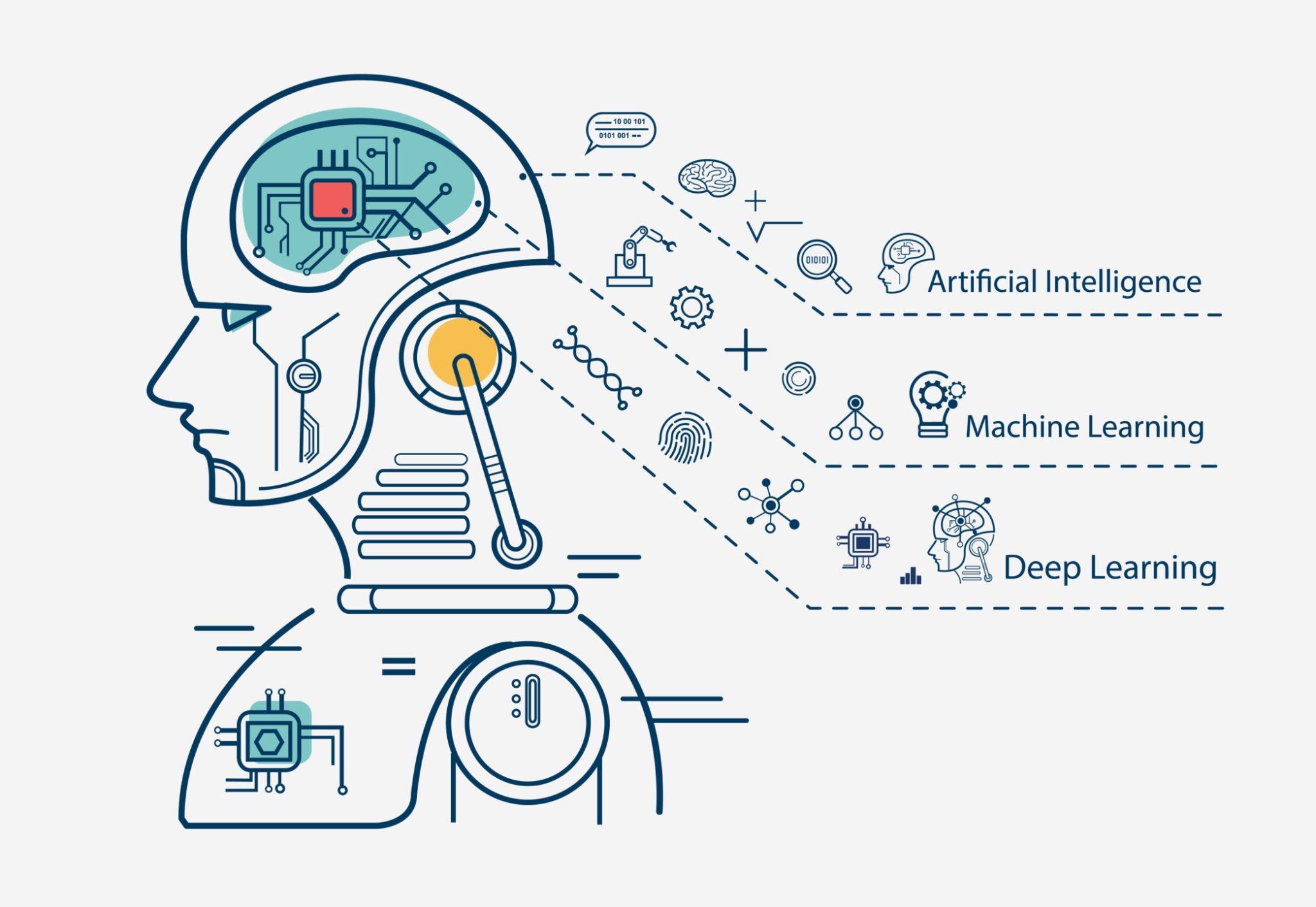
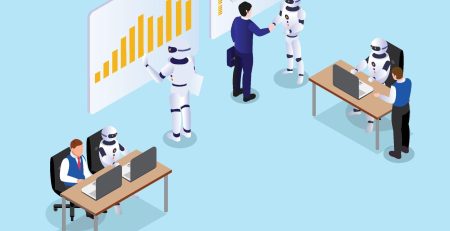

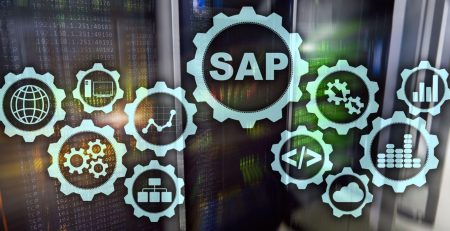

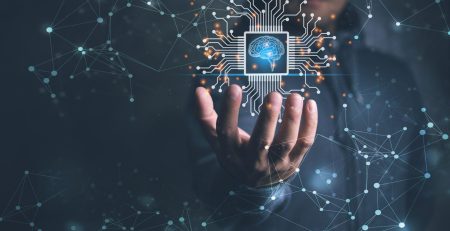
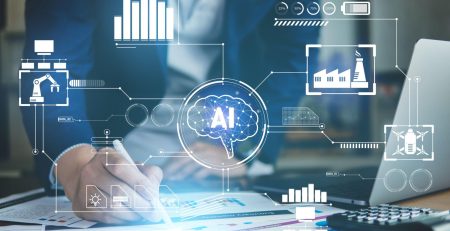

Comment (1)
[…] used across different fields, you can explore my articles on artificial intelligence in gaming, artificial intelligence machine learning, artificial intelligence examples, artificial intelligence in business, and artificial […]